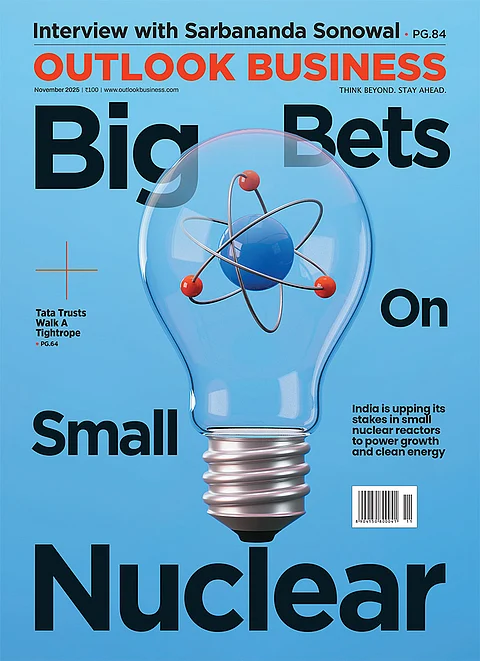
Trump has rolled back tariffs on more than 200 agricultural products, easing duties on items like coffee, tea, spices and fruit products
The move offers modest relief for Indian exporters of spices, tea, coffee and cashew nuts, though India has a limited presence in many of the newly exempted categories.
While the rollback signals a positive shift in India–US trade talks, major export sectors still face a steep 50% US tariff.
US President Donald Trump on Friday removed tariffs he had imposed on more than 200 agricultural and food products, including beef, following rising consumer concerns over grocery prices in the United States. Indian farmers and agricultural exporters are expected to be among the biggest beneficiaries of this tariff rollback, which analysts say could help revive lost demand, Reuters reported.
A White House Executive Order issued on November 12 excludes a range of agricultural products — including coffee, tea, tropical fruits, fruit juices, cocoa, spices, bananas, oranges and certain fertilizers — from the initial tariffs imposed since April 2. The exemptions took effect on November 13.
However, India has little to no presence in several of the largest categories now exempted, such as tomatoes, citrus fruits, melons, bananas, most fresh fruits and fruit juices.
Indian exporters of tea, coffee, spices and cashew nuts were among the worst hit after Trump added a punitive 25% tariff on top of an existing 25% reciprocal tariff. According to media reports, officials involved in trade negotiations with Washington said the exemptions are also a positive signal for bilateral trade talks, which could ease export pressures created by the aggressive 50% tariff. As a result, India’s exports to the US fell nearly 12% year-on-year in September to $5.43 billion. Exporters also face global challenges including high freight costs, strong competition from Vietnam and Indonesia, and tighter US quality checks.
Why Has the US Exempted These Products?
The sudden rollback of agricultural tariffs stems from a mix of economic urgency and political considerations. Exempted items such as coffee, tropical fruits and spices are critical to US supply chains and are heavily import-dependent.
According to Mint, the exemptions come amid Washington’s attempt to stabilise food inflation, diversify import sources and reduce reliance on adversarial supply chains. Consumer interest and geopolitical alignment also played a role, as the Trump administration seeks to avoid shortages of goods that the US produces in limited quantities.
What Is India’s Share in the Exempted Products?
Although overall shipments to the US have declined since the tariffs were imposed, India’s share in the newly exempted products remains modest. In 2024, the US imported $50.6 billion worth of agricultural products that now fall under the exemption, but India accounted for only $548 million — about 1%.
According to the latest Commerce Ministry data, 254 products — including 229 agricultural items — are now exempted, covering $1 billion of US imports from India. “While this applies to all trading partners, it creates a level playing field for Indian exporters,” the ministry said. “In FY25, overall agricultural exports to the US were $2.5 billion; now $1 billion of that is exempted,” an official noted.
How Will the Tariff Exemptions Help Indian Exporters?
Given India’s limited footprint in several large product categories, the exemptions are unlikely to dramatically alter market dynamics in the short term, Mint reported. However, they do offer relief for Indian exporters of spices, tea, niche horticulture and select nuts.
Media reports suggest that the biggest beneficiaries of the US tariff rollbacks will likely be suppliers from Latin America, Africa and ASEAN countries — unless India rapidly expands scale and strengthens post-harvest infrastructure.
“The shift in US tariff policy could marginally strengthen India’s competitive position in spices and niche horticulture, but the broader gains will accrue mainly to major Latin American, African and ASEAN farm exporters unless India expands scale, builds cold-chain capacity and diversifies its agricultural export basket,” said Ajay Srivastava, founder of the Global Research and Trade Initiative.
Road Ahead
The 50% US tariff on Indian goods remains in place, affecting major export sectors such as textiles, gems and auto parts. While progress has been made on an India–US bilateral trade deal, New Delhi continues to rely on diplomacy, WTO consultations and market diversification to support its exporters. According to reports, a broader tariff review is unlikely before the US midterm elections in November 2026.


























